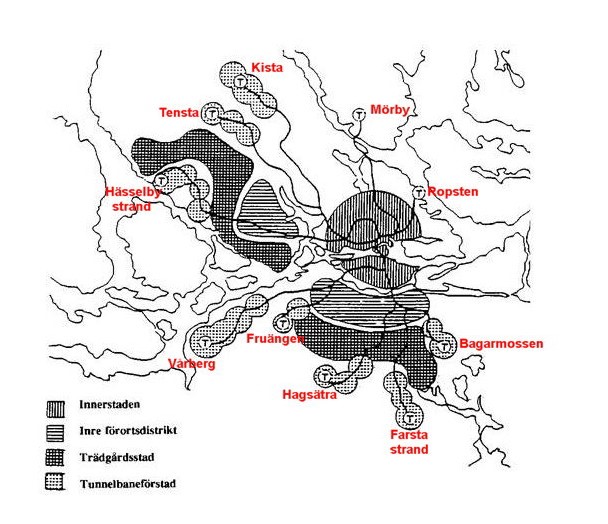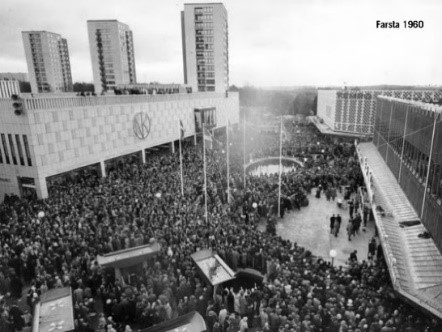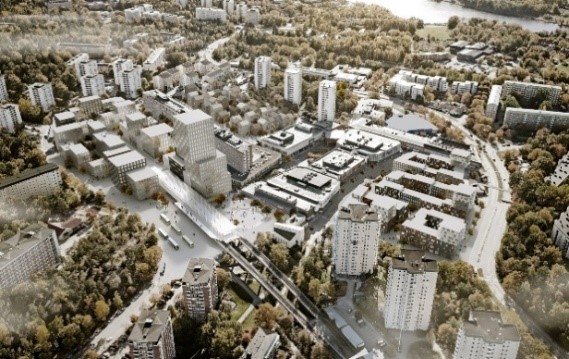- About Us
- Events & Training
- Professional Development
- Sponsorship
- Get Involved
- Resources
A Story Of A Transit-Oriented Suburb In Stockholm, SwedenColin Poff, Land Use Planner at AHBL Urban planners often look to Scandinavia as a premiere model for sustainable development. Last fall I was awarded the opportunity to undergo research in Stockholm as part of the Valle Program. If I were to be looking through the lens of a tourist, I might have only had time to walk around the old town. However, as a researcher, I was able to focus my studies on the greater metropolitan area, and what I found is that Stockholm’s planning story is best told when its suburbs are included. Many of Stockholm’s suburbs were built in the 1950s as “new towns,” an outgrowth of the garden city movement. Planners of the time had utopian visions of these places as self-sufficient units; each one equidistant from Stockholm’s center and consisting of about 25,000 people and an equal number of housing units to jobs. The ambition was to balance physical form, social relationships, and an economic base in one ideal suburb. The “new towns” were built along the expansion of Stockholm’s subway line, and were Transit Oriented Developments before they even realized it. They had great promise, but the over-planned, idealistic vision of being self-sustaining has met reality. They have since taken new forms and identities within Stockholm’s larger metropolis.
The “new town” which received most of my focus was Farsta, about 6 miles south of Stockholm’s center. Farsta is a popular regional hub, but has some room for potential. The shopping center is surrounded by large parking lot, and gets little use after hours. Modernist “towers in the park” are not part of a cohesive urban fabric. Wide roads are designed for automobile circulation, rather than the kind of multi-purpose streets that are safe, active, and attract residents. Telia, Sweden’s telecommunications company, has announced plans to move its headquarters out, increasingly turning Farsta into a dormitory suburb.
Despite this, Farsta has been chosen as one of Stockholm’s suburban “tyngdpunkts,” or nodes. The fact that it has such potential for development is largely due to the merits of the initial new town concept, which included highly accessible transit, a commercial centrum, office space, and everyday services. The main strategy includes increased new housing options around the center, and the creation of “urban corridors” that extend out in a radial fashion, turning Farsta’s wide roads into urban, wealth-creating streets.
The evolution of Stockholm “new towns” over the last half century has been fascinating, and even has lessons that can apply to an expanding Seattle metropolitan region and transit system. As suburban nodes are intensified around future transit stations, the following should be kept in mind:
|








